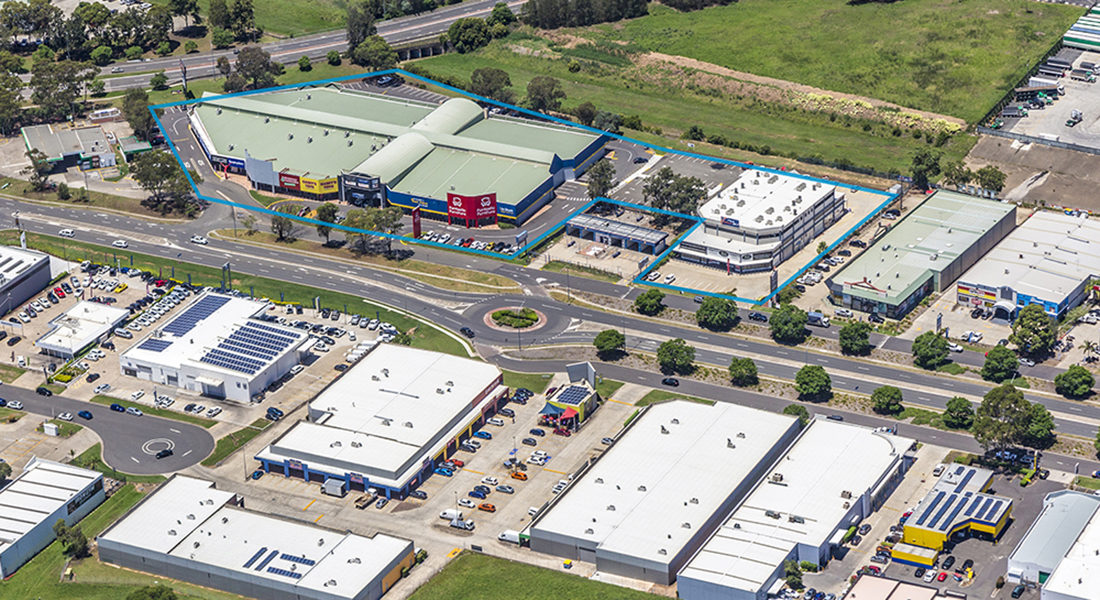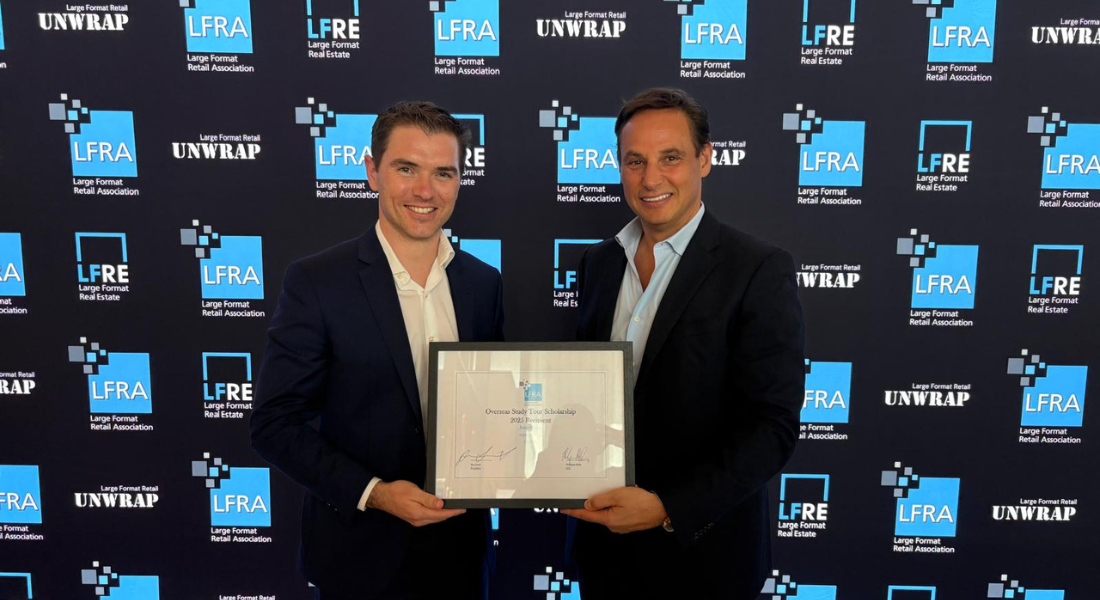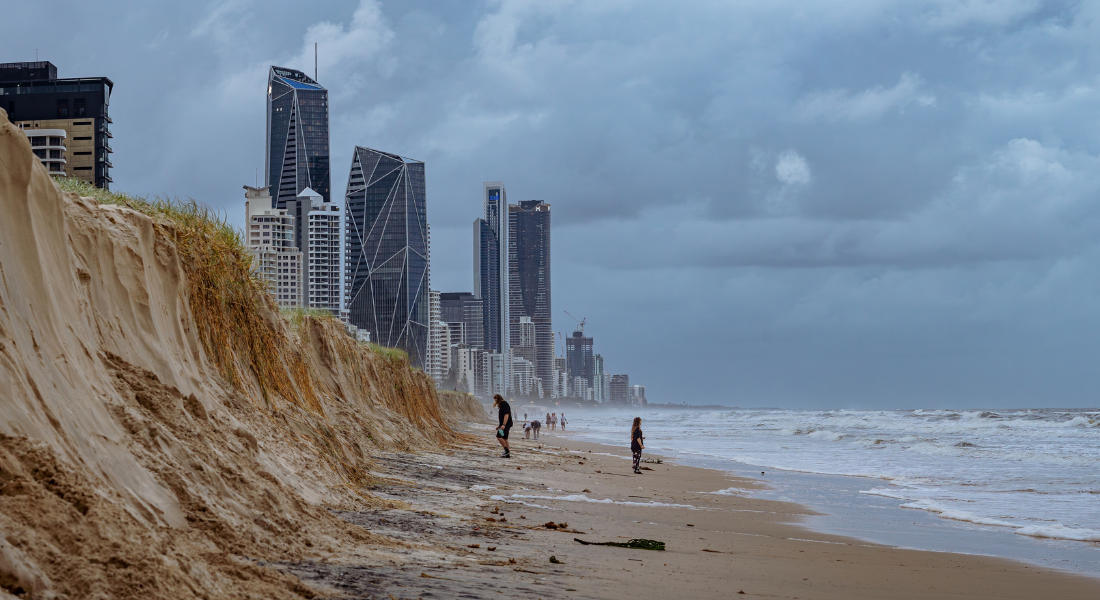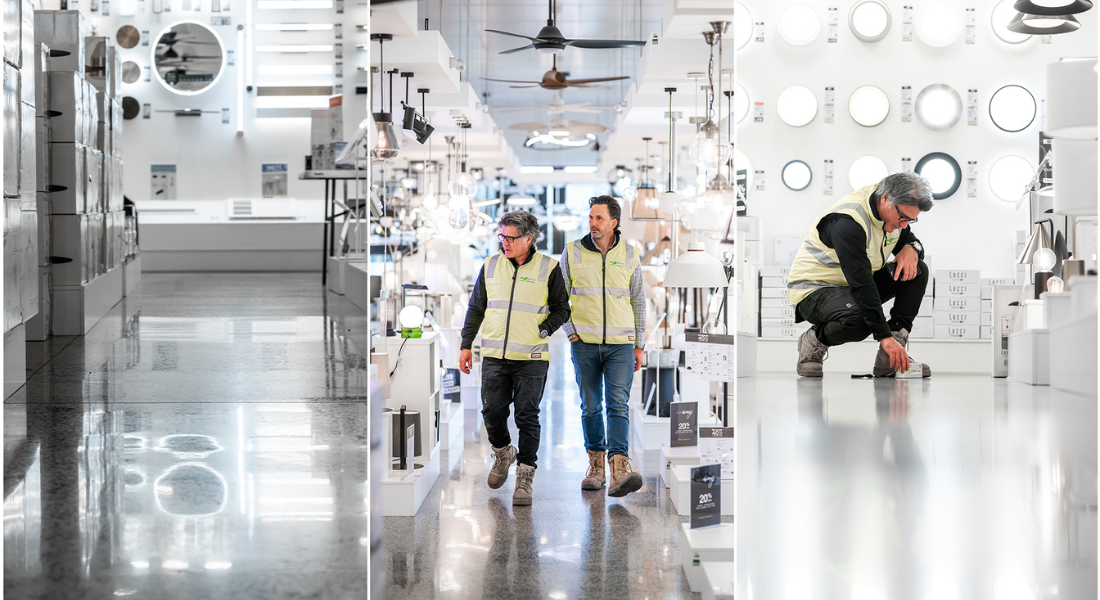Large Format Retail Brands Continue to Expand in Australian Market

In spite of some challenges in the LFR sector, some key major retailers have continued to expand and achieve revenue growth, according to the latest Colliers International Retail Research and Forecast Report for H1 2019.
The LFR market recorded relatively stable conditions over the past 12 months across most locations in Australia. A total of $1.176 billion worth of LFR centres have transacted over the year to March 2019.
“Australia is seeing major players in the LFR space expanding to achieve their revenue growth; for example, Bunnings, Australia’s largest home improvement retailer, is currently constructing 14 new stores across the country, with a reported revenue growth of 5.2 per cent and store-on-store growth of 4.0 per cent despite softening in conditions in the residential housing market,” said Craig Curran, Director, Large Format Retail at Colliers International.
Daniel Noonan, Associate Director, Large Format Retail said, “Further to this, Spotlight Retail Group, one of the fastest growing retailers in Australia is actively rolling out new stores nationally for its flagship brands, Anaconda and Spotlight. Affordable furniture retailer Amart Furniture is also seeking to grow by about six new stores this year as its sales surpass $750 million.”
The report stated that Amart’s upper market competitor Nick Scali delivered a 7.7 per cent increase in sales revenue during 2018 with the strong result driven by a continued new store rollout program, which saw five new stores opened in Australia during the year and five more anticipated for the next 12 months.
“Super Retail Group also reported strong performance of its Supercheap Auto retail brand with like-for-like sales growth of 4.0 per cent in the first six weeks of the second half of FY19. Six new Supercheap Auto stores are planned to be opened over the next six months,” said Chris Alcock, Senior Executive, Large Format Retail at Colliers International.
Colliers’ report also states that LFR owners are continuing to reinvent their spaces with greater emphasis on the categories that provide long-term growth and future proofing of their assets.
Retail groups that cater to daily retail needs or can be consumed in-store such as supermarkets, food and beverage and fresh produce continue to gain more footprint within LFR centres.
More LFR centres also include groups that focus on lifestyle and leisure offerings that are less susceptible to online retailing such as cinemas, play centres, gyms and medical centres.
Alex Pham, Director of Research at Colliers International, says that our growing population will lead to an increased spending in household goods.
“The Australian population has surpassed 25 million in the September quarter of 2018 and is forecast to grow by around 350,000 per annum over the next 10 years, one of the fastest rates of growth among the developed markets,” Mr Pham said.
“Our analysis reveals that population growth contributed to over 98 per cent of the growth in household goods consumption. Modelling by Colliers International suggests that spending on household goods is predicted to grow from $55 billion as at March 2019 to over $75 billion by June 2029. This translates to an annual growth rate of over 3.0 per cent per annum or around $1.9 billion per year over the next 10 years, and we will see this reflected in the growth of the LFR sector.”




